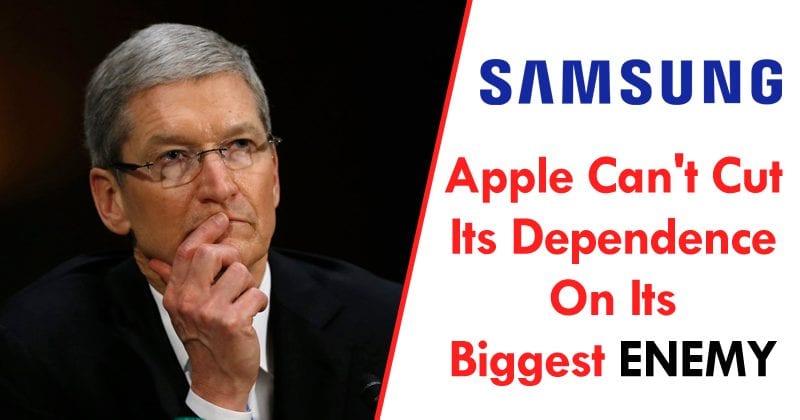The iPhone X is the first iPhone equipped with an OLED screen. It is tailor-made for Apple by Samsung and has set records of brightness and colour accuracy when the device was launched. There are not many companies in the world with the technology to produce screens at the volumes and specifications demanded by Apple: the second option would be the LG Display, but it has manufacturing issues. According to the Wall Street Journal, the tech giant Apple officials are divided on “whether LG can become a second source of OLED displays for the next iPhones.” Normally, the mass production of a new iPhone starts around July, according to one source, “but manufacturing issues have made LG late for the timeline.” Rumours indicate that the tech giant Apple is expected to launch three iPhones in 2019, two with OLEDs, which would generate demand for about 50 million OLED panels in the year. Relying on just one vendor is a big problem, as that makes prices less competitive and reduces Apple’s profit margins – and it’s an even bigger problem if the sole vendor is also your biggest competitor. LG is even able to develop OLED displays for TVs: it is the absolute leader in this segment, considering that other companies, like Samsung, continue betting on LCD (and variations like QLED) for big screens. But TV and smartphone panels use different technologies in manufacturing, and LG is failing to dominate them. If all goes well, LG should supply only 20% of the OLED screens used in the 2019 iPhones; Samsung would still continue with the remaining 80%. Good for the owner of the Galaxy line, which should make the US $14 billion with the sales of iPhone X. So, what do you think about this? Simply share all your views and thoughts in the comment section below.
Δ


